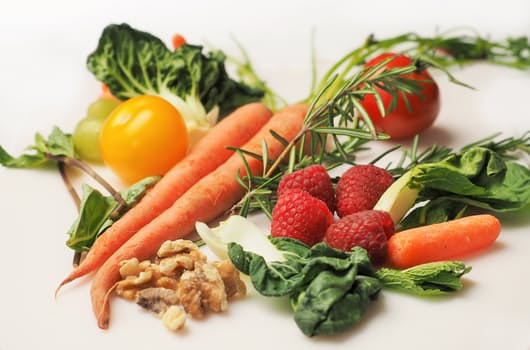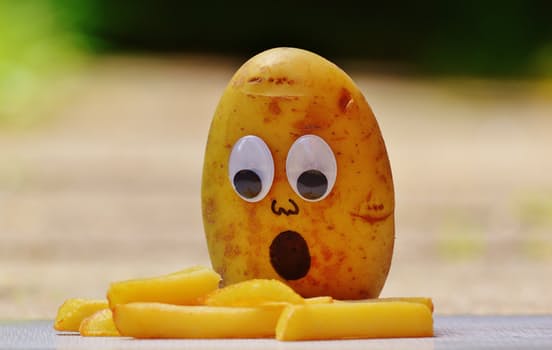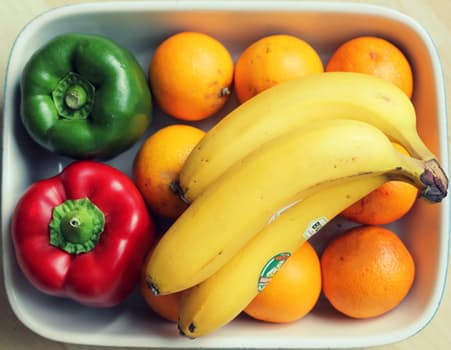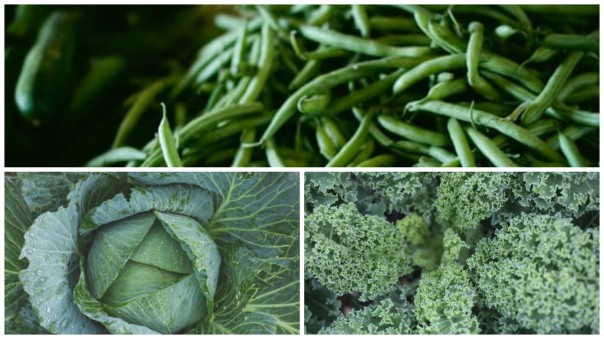With Christmas not long behind us I’m sure your immediate thought when reading the word “sprouts” is of the dreaded / loved Brussel Sprout.
In my family it is traditional that every year I be given my Christmas Sprout which will be placed on my dinner plate and ceremonially ignored.
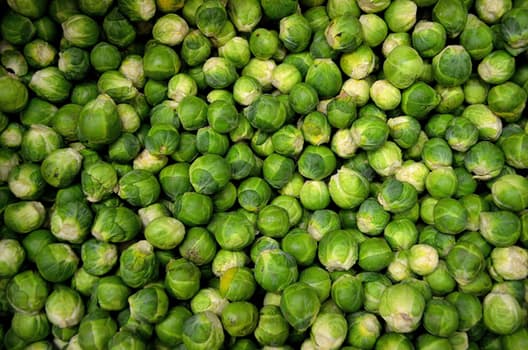
Those of you who like me are not particularly enamoured with Brussels will be glad to hear that this is actually about Sprouted Seeds.
Sprouted seeds were one of the new “superfoods” that everyone went crazy about a few years ago and as a consequence you can now buy them in supermarkets as well as health food shops.
Bread made with sprouted quinoa and rye is now commonly available and you may have seen news articles warning of outbreaks of salmonella that began with a batch of sprouts.
What is Sprouting?
It is another name for the process of germinating a seed, just the same as you would if you wanted to grow the plant. A variety of seeds, nuts and pulses (which are seeds) can be sprouted for eating.
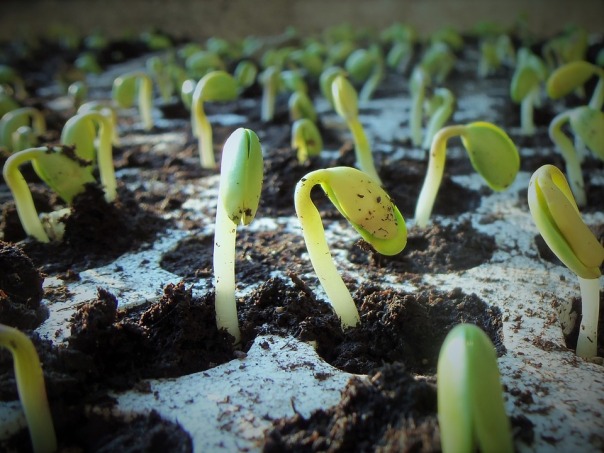
Why should I eat them?
You may see esoteric theories about the stored life within the seeds which is released during the sprouting process allowing you to ingest all of the stored life force that would have grown the plant
I can’t say that doesn’t happen, but for the sake of my non esoteric readers lets have a look at the scientific benefits
The process of germination has been shown to increase vitamin content, improve the quality of the proteins and to decrease phytates and protease inhibitors – see here for more details.
This means that eating the sprouted form of something you would normally eat non-sprouted should make the nutrients more bio-available.
Sprouting grains reduces the starch content in the grain which is why they are a popular ingredient in bread products. A loaf of bread made entirely with sprouted grains would have a far lower GI than one made with standard grains.
They are also something that everyone can grow at home. If you have room for a jar and access to a tap you can grow sprouts.
As you will be eating them straight from growing they are as fresh and live a food as you are likely to see!
Finally if you have kids they are a great thing for them to help you with – think how much fun you had growing cress on one of those cress-heads as a kid!
If you eat Chinese takeaways or stir fries it is likely you already eat at least one type of sprout – Beansprouts.

These are actually sprouted Mung Beans although the ones you put in your stir fry will normally be larger than the ones you would see in the health food shop or the salad section of the supermarket where you now find boxes of sprouts.
I find the prepacked bean sprouts from the supermarket come in bags far larger than I want for a stir fry and I’ve always ended up throwing out half a bag of slimy leftovers about a week later after completely failing to find anything else to put them in.
How can I get started?
OK, obligatory health and safety bit first.
Raw sprouts can contain bacteria including Salmonella, E-Coli and Listeria and eating them can make you very ill. As with all food safety the only way to be certain you have killed these bacteria is to cook the sprouts thoroughly.
My real world experience is that provided you’ve been careful in the sprouting process, stored the sprouts appropriately and eaten them within a sensible timeframe you should have no issues eating most sprouts raw.
As with anything please do your own research before chomping into raw sprouts on my say so.
I have personally eaten alfalfa and mung bean sprouts raw with no issues and will shortly be trying quinoa which I’m told is also fine raw.
You will need:
- Glass Jar/s
- Muslin / fine woven cloth
- Elastic band / string
- Seeds to sprout
- Water
Make sure your jars are really clean. You don’t need to sterilise them but they do need to be properly clean. I am currently using washed out cooking sauce jars – the 500g ones.
For this size of jar you will want about a Tablespoon of your chosen seed.
Some tougher seeds will need to be soaked for an hour or so. Smaller things like alfalfa won’t require this.
If you soaked your seeds drain them by fixing the muslin over the top of the jar with the elastic band to use like a sieve.
If you didn’t soak them then fill the jar about half full with water and then drain as described above
Leave the jar somewhere out of direct sunlight. Ideally in your kitchen as you will be rinsing a lot.
Rinse and drain the seeds 2-3 times per day
The rinsing is VERY important. The way people get sick from sprouts is due to a build up of bacteria on them. Each time you rinse you are washing away some of this bacteria and stopping it from getting out of hand
Within a few days you will see the sprouting beginning to happen
Your sprouts should be ready within a week – again this depends on what you are sprouting. Alfalfa takes about 3 days, Mung Beans a bit longer.
Some people choose to put the sprouts into the sunlight for the final day – this encourages the production of chlorophyll in sprouts that have leaves and increases the nutrient value. You’ll see the tiny leaves greening up if you do this.
How to eat sprouts
I like to simply munch on the Alfalfa sprouts – here’s a small tub I took to work this morning as a snack.

They can also be added to sandwiches and salads if you want to break up the flavour a bit.
Mung Beans are great for stir fries as mentioned above – the great thing about sprouting your own is that you won’t have mountains more than you want for a given meal (at least once you get used to how much you get out of them).
They also go well in vegetable curries, dhals, soups, stews and anything else you might put pulses into normally. Just pop them in during the last few minutes of cooking and you’ve added some home grown, fresh nutrition to your meal
Wishing you all successful sprouting!
R
All content provided on this “CurlyhairRach” blog is for informational purposes only. The owner of this blog makes no representations as to the accuracy or completeness of any information on this site or found by following any link on this site. The owner of “CurlyhairRach” will not be liable for any errors or omissions in this information nor for the availability of this information. The owner will not be liable for any losses, injuries, or damages from the display or use of this information.

